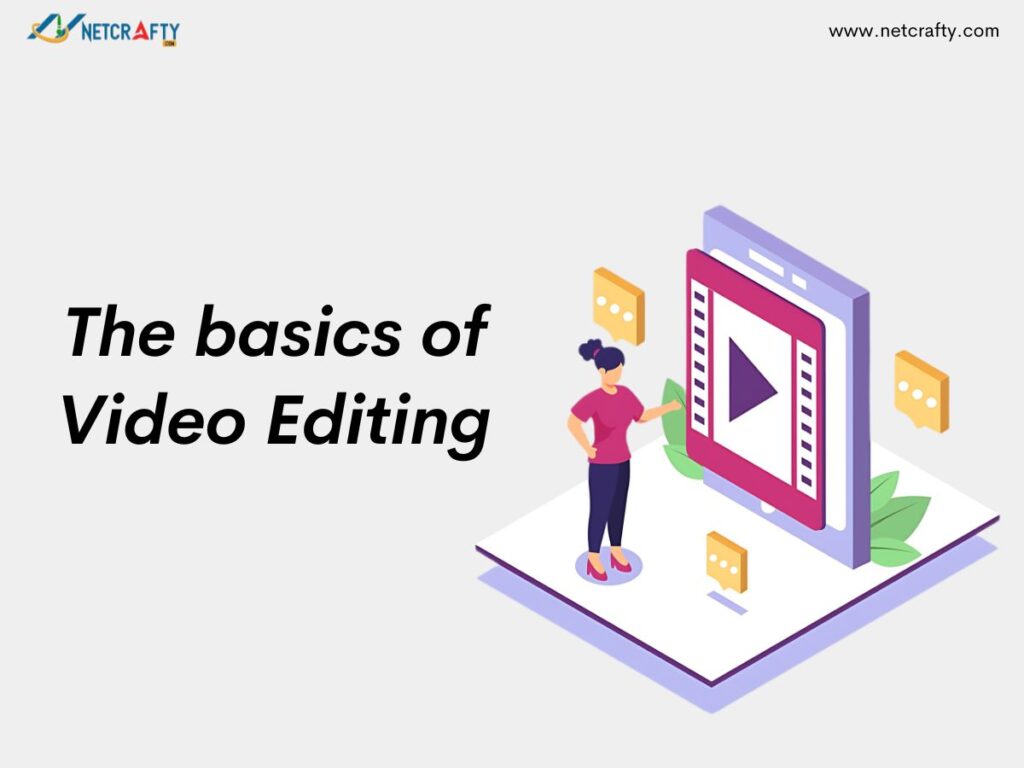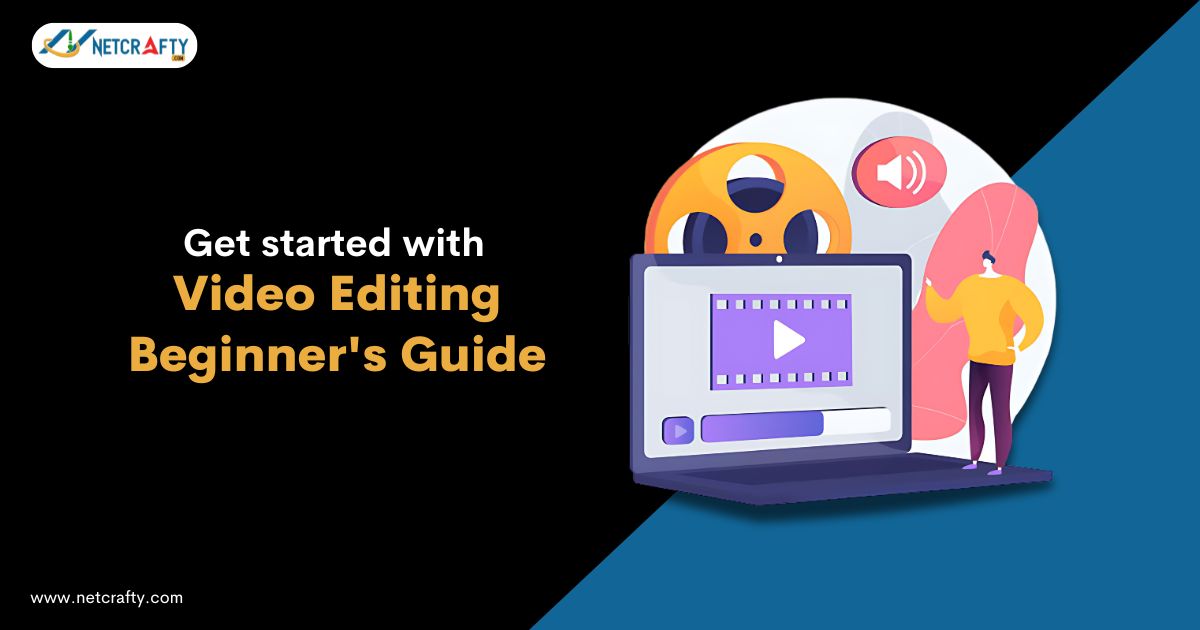Learning to edit videos is essential if you want your film to make an effect, whether wrapping up your newest video or creating one that stands out.
If you’ve never done video editing before, start with the right tools for practice; you can create videos even as a beginner. This will guide you through the basics of video editing, from importing videos to exporting polished videos.

- Choose your Video Editing Software: As a beginner, you require proper planning and preparation. You will look for simple, user-friendly software like iMovie, Adobe Premiere Rush, Filmora, and Shotcut. Each of these has options for beginner-friendly features while creating quality videos.
- Familiarize yourself with the Interface: You will take time to familiarise yourself with your software layouts and tools. To get familiar with its layout, here are essential editing functions and tools;
- Set a timeline where your video clips and audio effects are placed for editing.
- A real-time view of your project as you make edits.
- Use a media library to store video clips, images, music and other assets.
- Use tools depending on the software, and you’ll access tools for cutting, trimming, adding transitions and applying effects.
- Import Your Media: To start your project, import your video, music, and photos into the software’s media library. Most apps let you drag and drop your files into the media area. Once imported, your clips will be ready for editing.
- Create a Timeline: Drag your media files from the media library to the timeline. This will organize your footage in the order you want it to appear. Place your video clips in the timeline and arrange them, adding images and footage and layering them accordingly.
- Basic Edits: Cut, Trim and Split:
- Add Transitions: You can easily set transition effects between two clips for smooth work from one scene to the next. This helps to shift smoothly between clips.
- Incorporate Audio and Music: Import audio files to enhance your video’s background music and sound effects and place them on the timeline. Adjust the volume levels and alignments to ensure that the background music doesn’t overpower any dialogue or narration.
- Apply Text and Title: Most editing software offers built-in templates that make it easy to add text overlays. You can customize text overlays, such as font, size, color, captions, titles, and positions, to suit your video’s style.
- Review your Work: After completing your edits, review the entire project by playing it back in the preview window. Look for any mistakes, such as audio that doesn’t sync, cuts, or transitions. Make the necessary adjustments until your video flows smoothly.
- Export Your Video: After reviewing the final product, it is time to export the video. Most software provides several export options, such as file format, resolution, and compression settings.
Cutting: Cut the unnecessary parts of your video by placing the line that shows your position on the timeline at the desired point and cutting the video.
Trimming: You can trim the clip from beginning to end by dragging its edges inward on the timeline.
Splitting: A splitting tool breaks it into two parts for easier manipulation.
Video editing may be gratifying and pleasurable, particularly if you begin with software that is easy to use. As a result, you’ll gain trust in the tools, and you’ll find countless chances for creativity and narrative.

Leave a Reply